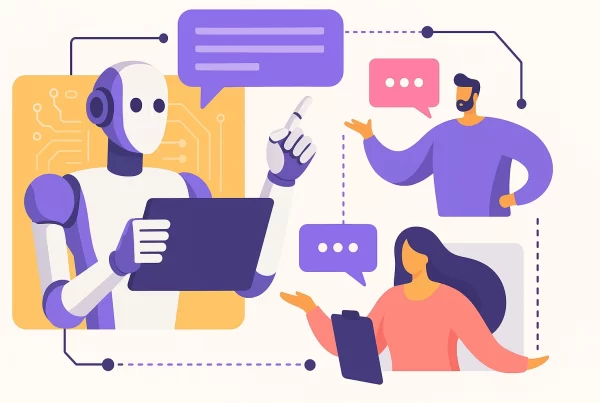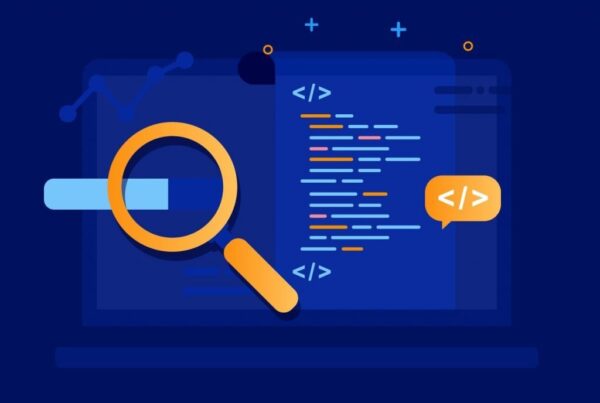Let’s assume the ranking report and your website’s positions have suddenly taken a decline. What would you do?
Before you take any action, you should know that a sudden drop in rankings is not an unusual thing and has been experienced by many websites. The second thing you can do is go through a checklist of potential issues, see if any of them have triggered a downfall, and fix discovered issues. Depending on the problem, your website will either gain back the position within days or climb back over a course of several months.
To keep you aware, here are 9 reasons for a sudden ranking drop. To make you prepared, we have included symptoms before the downfall, recovery tips, and prevention methods.
1. Inaccurate data
Before you start making changes to your website, it’s worth checking your website’s analytics. Sometimes, an unexpected shift in rankings is a false alarm caused by a change in the way the data is reported. Either there was a reset in your tools, or someone on your team has messed with the settings, or you have accidentally excluded a device or a page type. So the first step to recovers is to make sure that your reporting is precise and in order.
The next step is to check whether the drop is outside the range of normal traffic fluctuations. It is common for traffic to fall when Google makes some algorithm changes. Make sure to analyze at least the past year’s data and check for a similar activity in the past. In these cases, it is important to stay calm and see if the situation resolves itself.
2. Manual actions
Manual actions are imposed by human reviewers at Google when they determine that pages on your site are not according to Google’s webmaster quality guidelines. There are several causes of penalties, such as your site contains user-generated spam, the site has been hacked, unnatural backlinks, thin content, or cloaking. Google has explained in its pages how you can find out each type of manual action and how to deal with it.
If your rankings have dropped more than 10 positions, manual penalties are the prime cause of the issue. To see if any manual actions are involved, log in to Google Search Console and go to the Security & Manual Actions and see Manual Actions. If the site has received a manual penalty, you will see a note stating that the action was manual, naming the cause, and specifying affected pages.
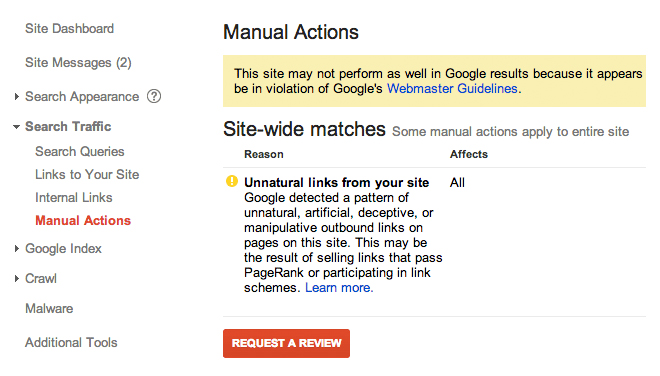
For on-page issues, you will probably have to revert some of the recent website adjustments. For off-page issues, you will probably have to review your backlink profile for unnatural links. If you have no idea what caused the penalization, rely on these common issues:
- User-generated spam
Comment spam can measurably impact your rankings. Go through the pages of your site that allow user-generated content such as product reviews, blog post comments, and forums and check for spammy comments. These would usually include links, unlinked product/company mentions, or will simply look like they are unrelated. To correct the issue, remove the comments, ban the accounts, and consider implementing additional measures to prevent user-generated spam in the future.
- Thin or scraped content
Low-quality content is another common reason for manual actions. Low-quality content could mean several things such as insufficient volume, gibberish, or plagiarism. Use Copyscape Plagiarism Checker to see if someone is copying your content to other websites or if your writers copy content from other websites, both are equally bad for SEO. Other than that, make sure your content is original and is of actual value to the visitors of your website.
- Sneaky redirects
Use WebSite Auditor to look for redirects that take users to an unrelated site. To check for redirected pages, go to Site Structure > Site Audit > Redirects and check for Pages with 302 redirects, pages with 301 redirects, and pages with meta refresh in your site audit. Doing this will help you see the entire list of redirected pages along with the URLs they redirect to.
Remove all unnecessary redirects to resolve the issue. Ideally, you can use only 301s redirects but only in cases when the redirect makes sense for users.
- Unnatural outgoing links
The most common problem for unnatural outbound links is paid links that are a part of a link exchange scheme. If you encounter any such links, remove it from your website or close them from indexing using nofollow tags. To view all the unnatural outgoing links along with source URLs, destination URLs, and destination status codes, use WebSite Auditor and go to All Resources > External resources > HTML. Review the list or fix the links that appear spammy.
In case you accept link exchange schemes, make sure included links are natural and each of them is reviewed or indexed as nofollows.
- Unnatural incoming links
Your website may suffer by backlinks coming from spammy sources. This can happen when you buy low-quality backlinks or as a result of your competitors infiltrating your website. To solve this issue, use SEO SpyGlass to generate your backlink profile and check for two things:
- Recent spike in the number of backlinks
- Penalty risk for each of your backlink sources
If the backlink summary tab shows a sudden rise in the number of backlinks, it might be worth investigating. Switch to the Backlinks tab, sort your backlinks by date, and see if any of them look suspicious. You can differentiate unnatural and natural backlinks by looking at the web site’s name, website’s rank, page rank, and penalty risk. You can also visit the source and see if it is a certified website.
The other way you can view unnatural backlinks is by visiting the Penalty Risk tab and sorting backlinks by penalty risk. If the risk is over 50%, it is worth investigating. You can resolve this issue by simply adding malicious links to the disavow file. Download the disavow file and submit it to Google’s Disavow Links Tool to get a review of your penalty.
- Compromised security
No website is secure enough to prevent attacks by hackers, unfortunately, most of these attacks may go unnoticed by website owners. Go through Google’s guide and learn how to know if you were hacked and what actions can you take to recover from various types of attacks.
3. Algorithm update
Google updates its search algorithm several thousand times per year. Most of the Google algorithm updated are implemented quietly without any announcement. The absolute majority of these changes are too small to have a noticeable impact on your website, but a few of them could be significant to crush the rankings.
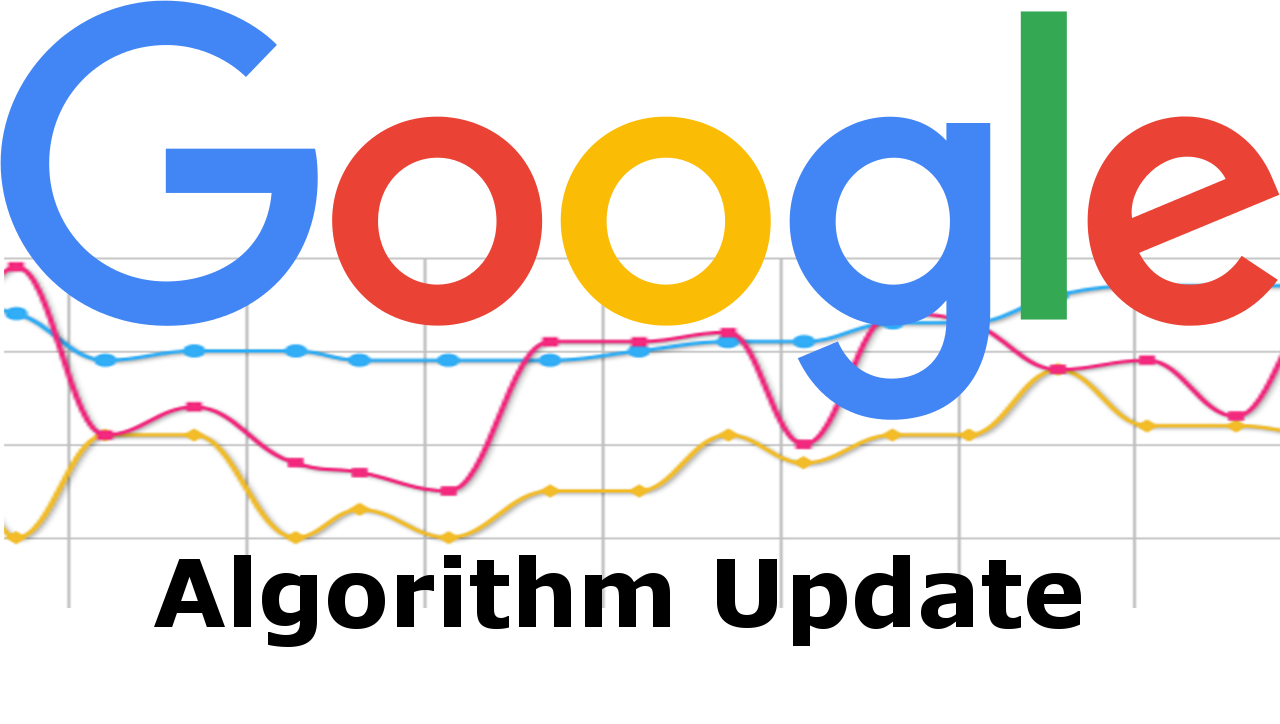
When Google confirms an update, this information will immediately make it into SEO news platforms, like Search Engine Land and Search Engine Roundtable. Keep in mind that the update may also be specific for only some type of website. In which case, the news might not be announced right away.
If the update is announced by Google, you will find the information on what the update was about and what you need to fix to recover. You can also try asking the SEO community on Reddit as the experts there are always helpful and quick to respond.
4. Competitor activity
In some cases, there will be nothing wrong with your website, the reason for the downfall of your ranking may just that your competitors got better. While this is rarely a cause of a drastic drop in rankings, it’s always ideal to investigate competitor’s activity.
You can use Rank Tracker’s SERP History to see how the rankings have changed for you and your competitors. If the changes are unnatural, then you are likely experiencing Google’s influence of small algorithm tweaks. This is normal in many cases but if your positions are being overtaken by the same few websites, then it’s time for a thorough investigation.
If the competitor has outranked you across a large number of keywords, run their website through the WebSite Auditor and the SEO SpyGlass and see if the competitor outperforms you either in technical optimization or quality of their backlinks.
If you come across shifts in a few keywords, then the cause is probably on-page optimization. The competitor is likely giving more importance to updating each of its pages, improving content, optimizing keywords, headers, and HTML tags. In this case, visit your competitor’s pages to see how they compare to your pages, and adopt their optimization ideas.
5. Lost backlinks
Losing high-quality backlinks and acquiring low-quality links can impact your performance in SERPs. To check if lost backlinks are the reason your rankings dropped, you can analyze your backlink situation with SEO SpyGlass.
Next, look for any links with a ‘link is missing’ status, those are the lost backlinks that might have caused the issue.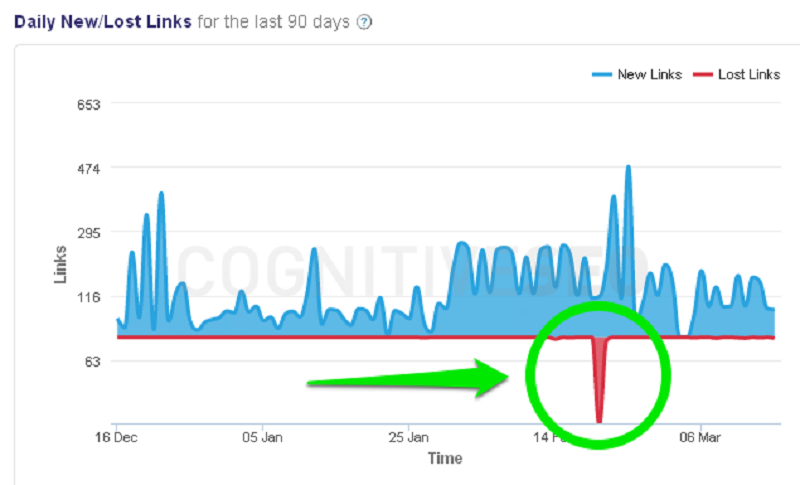
If you want to reclaim lost backlinks, the logical thing to do is to get in touch with the webmaster. If you aren’t familiar with the webmaster, then SEO communities on Twitter or LinkedIn are your best option.
6. Site changes
Making essential changes to your site such as redesigning it, changing your CMS, or moving to HTTPS is guaranteed to impact your rankings. Small mismanagements may have serious consequences for your SEO performance and can result in a drastic drop.
If you have recently made some site changes, open Google Search Console, and go to Index > Coverage. A sudden increase in errors that matches the dates of site changes should confirm your issue.
Google logs describe all discovered crawling and indexing issues in the Coverage tab, so it’s easy to identify and fix the problem.
7. User behaviour changes
There is a chance that the reason for a drop in rankings may be directly related to the drop in your click-through rates. To be sure about the issue, open Google Search Console, go to Performance > search results, and see if there are any changes to your click-through rates. You can view your CTR for the entire website or add filters to sort-out CTRs either by page or by the query.
If you notice any in the CTR, it is either because your competitors have improved their snippets and taken a share of your clicks, or because your snippets are lot relevant as it used to be.
To compare your snippets with your competitors, go to the SERP in question and see how your snippet measures up to the snippets of your competitors. To get things right, you might have to optimize your title and meta description or use schema markup to enhance your snippet with rich elements.
8. SEM traffic cannibalization
SEM traffic comes from paid advertisement while SEO traffic comes from organic search, and sometimes one affects the other. Your ads are given priority in SERP and can steal a hefty share of traffic from your organic results.
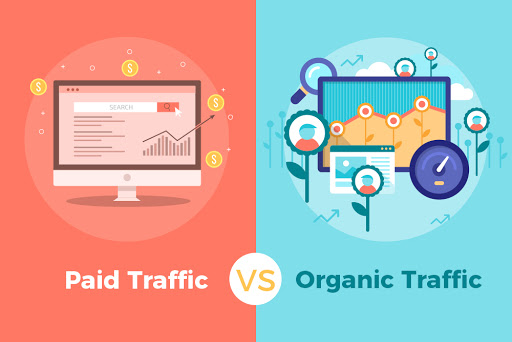
Compare all the keywords in your PPC campaigns with SEO traffic. If you find any duplicate keywords, it’s better to stop your PPC campaign as there is no reason for spending extra money on the same results.
9. SERP changes
Google has been adding updated to its search results page with knowledge panels, Q&A section, rich snippets, product page, video clips, job ads, and lots of other stuff. While these are favourable to the user, they do take away your traffic from organic search results.
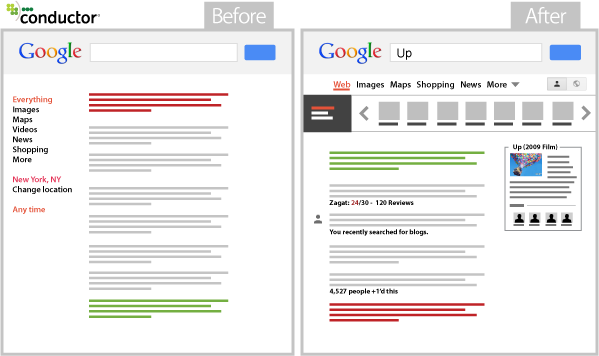
To see if your website is suffering due to SERP changes, open Rank Tracker, and go to Target Keywords > Rank tracking > SERP Analysis. The dashboard will show you the history of SERP enhancements, which you can relate to your changes in ranking.
If the new SERP features have an impact on your positions, then it’s probably time to learn how you can use structured data to enhance your snippets and either compete or join with the advanced features introduced by Google.
Conclusion
Understanding the issues, recovering them, and following prevention methods can help you restore your SERP rankings and gain a lot of traffic. If you ever experienced a dramatic drop yourself and what has been your course of action make sure you go through each of the above listed 9 reasons.
If you are worried about the sudden drop in your Google rankings, no need to panic, Digital Presence Today, will help you land on the first search engine result page with the best digital marketing solutions. We provide services like search engine optimization and link building. To view all our services, visit www.digitalpresence.today







